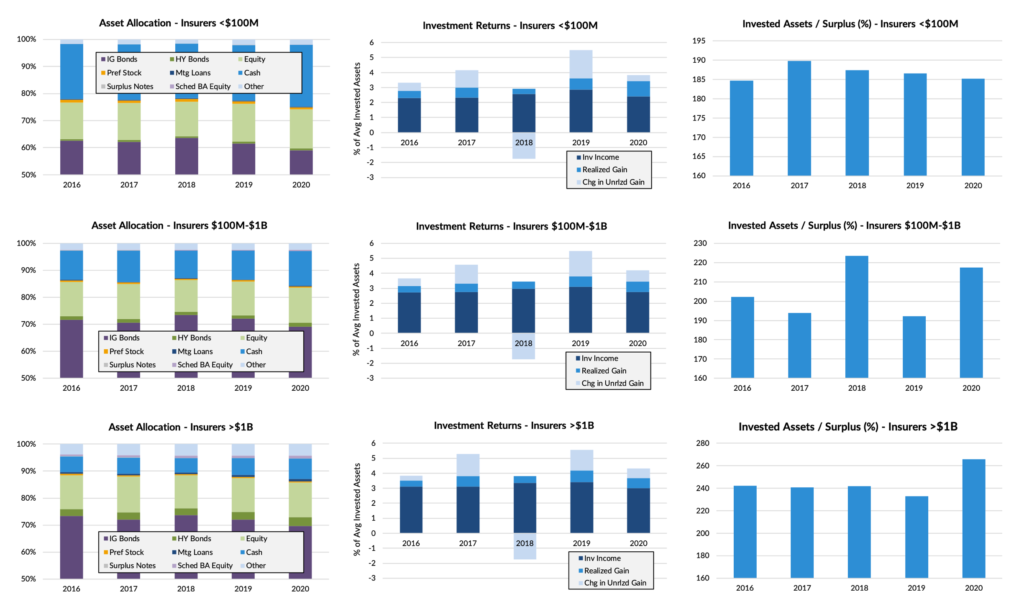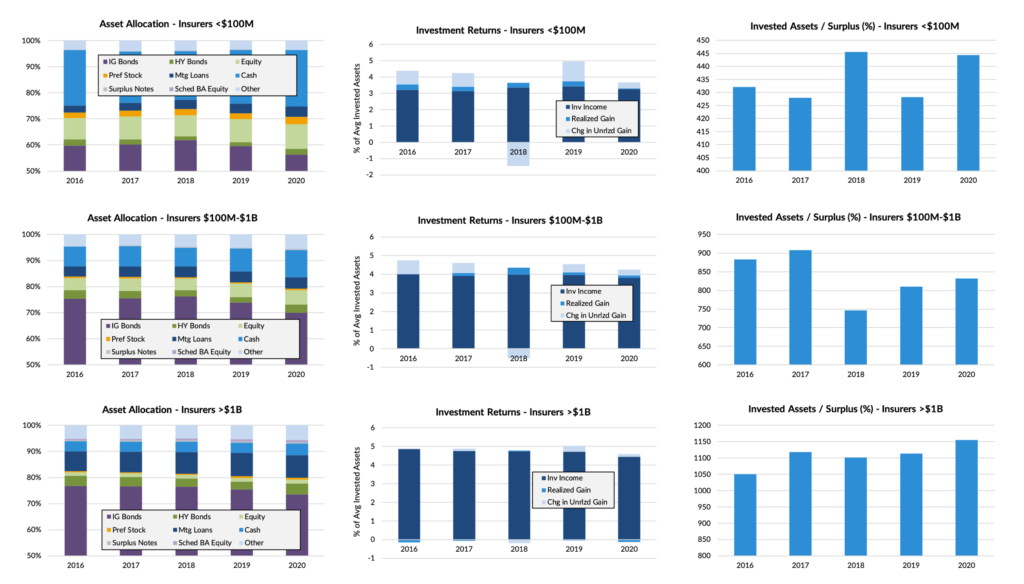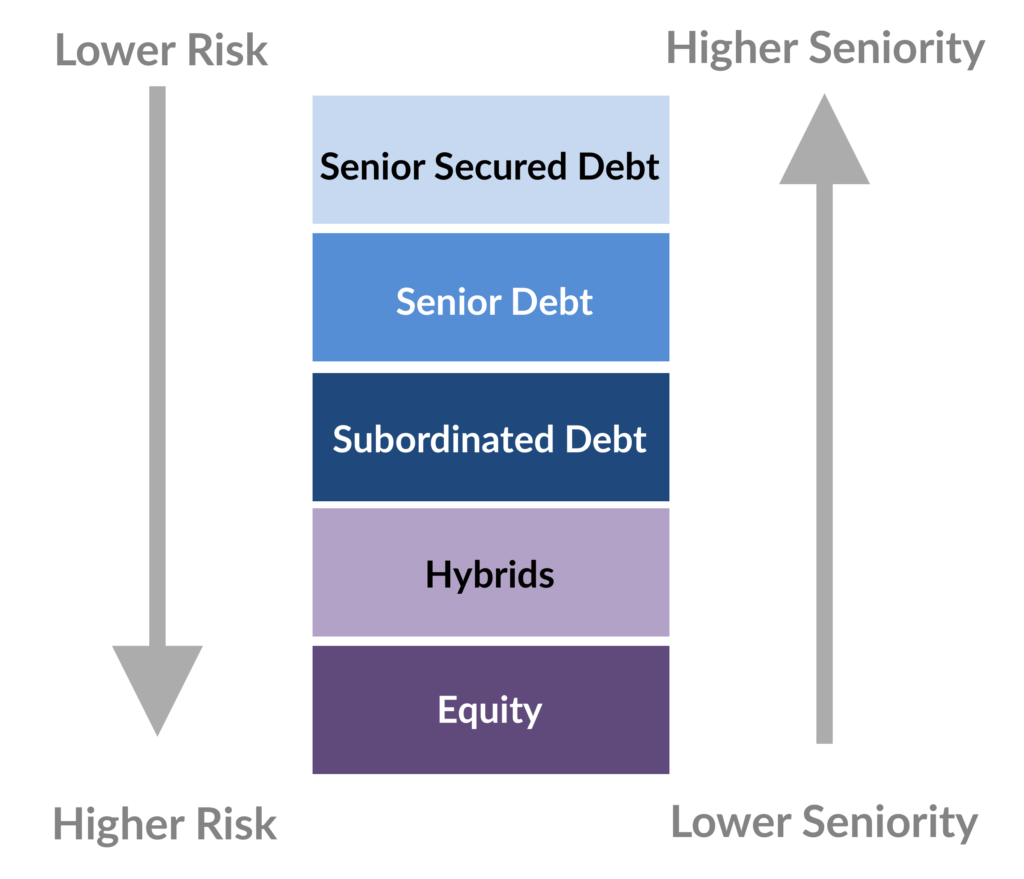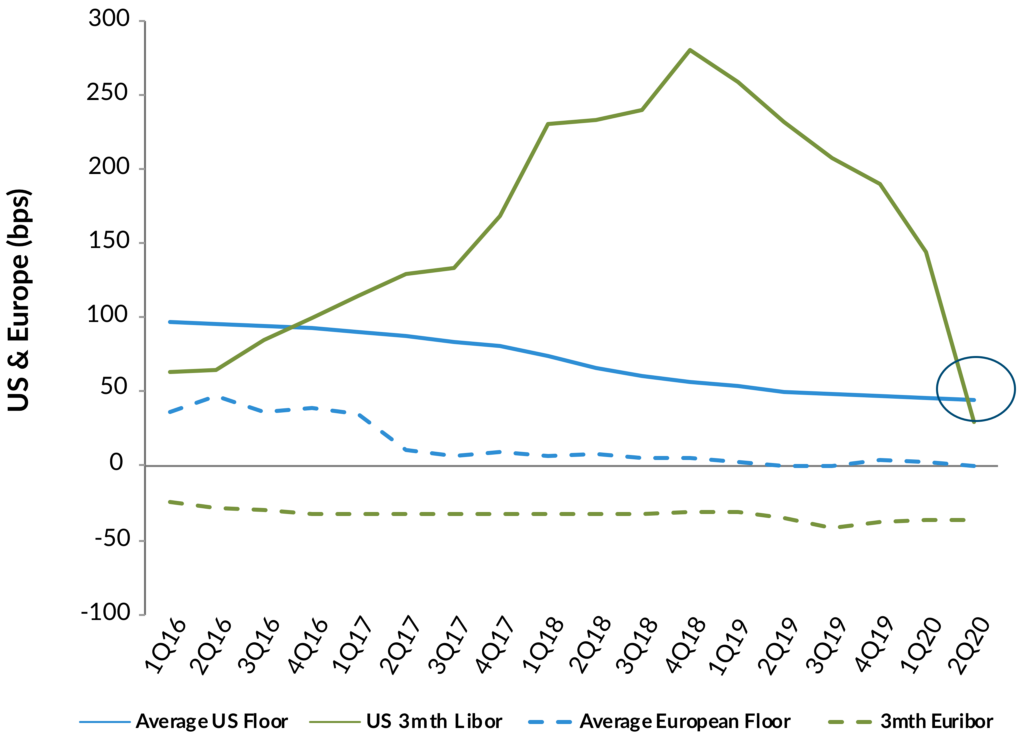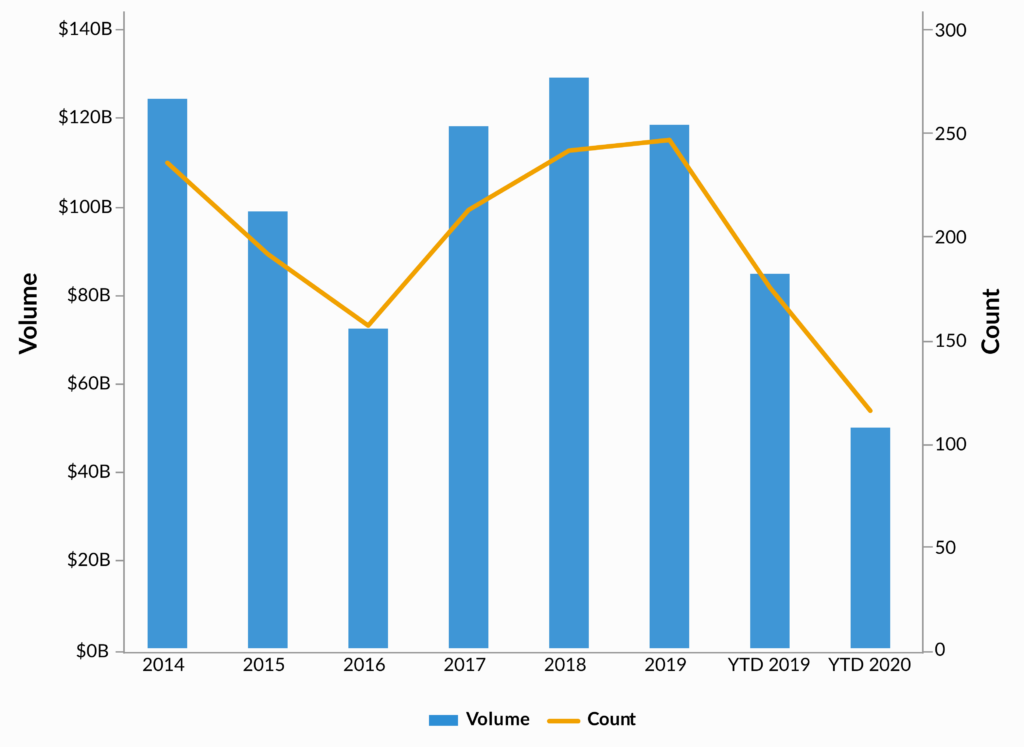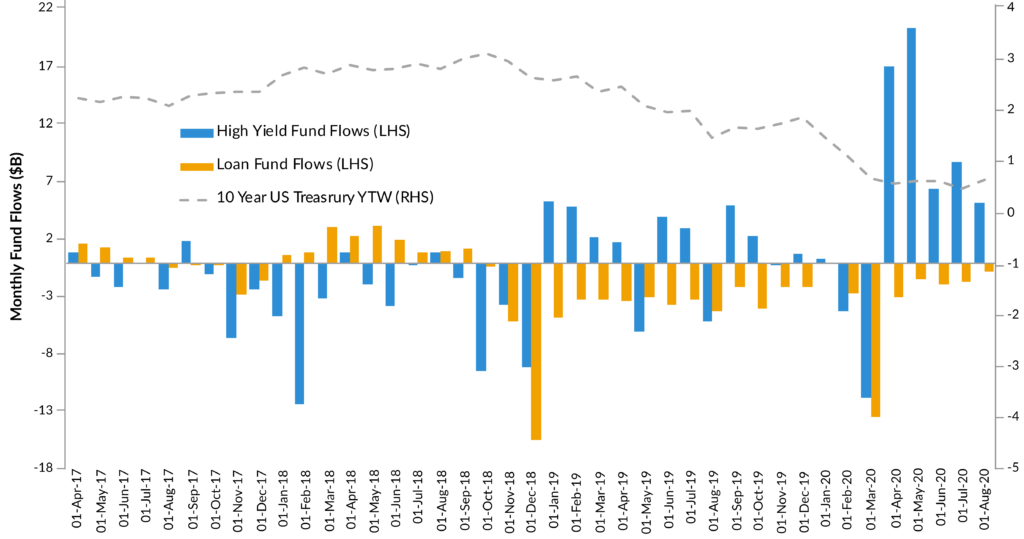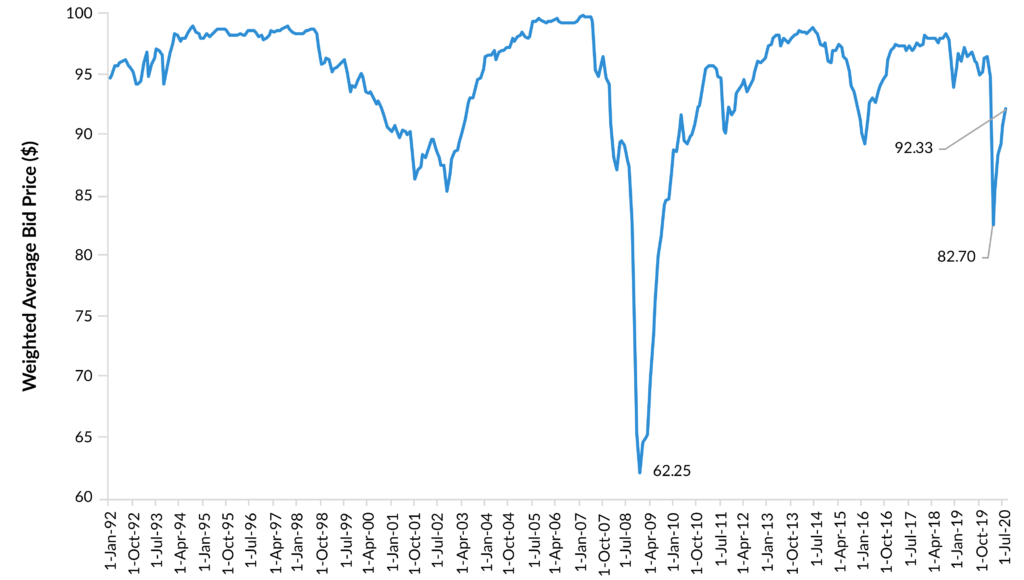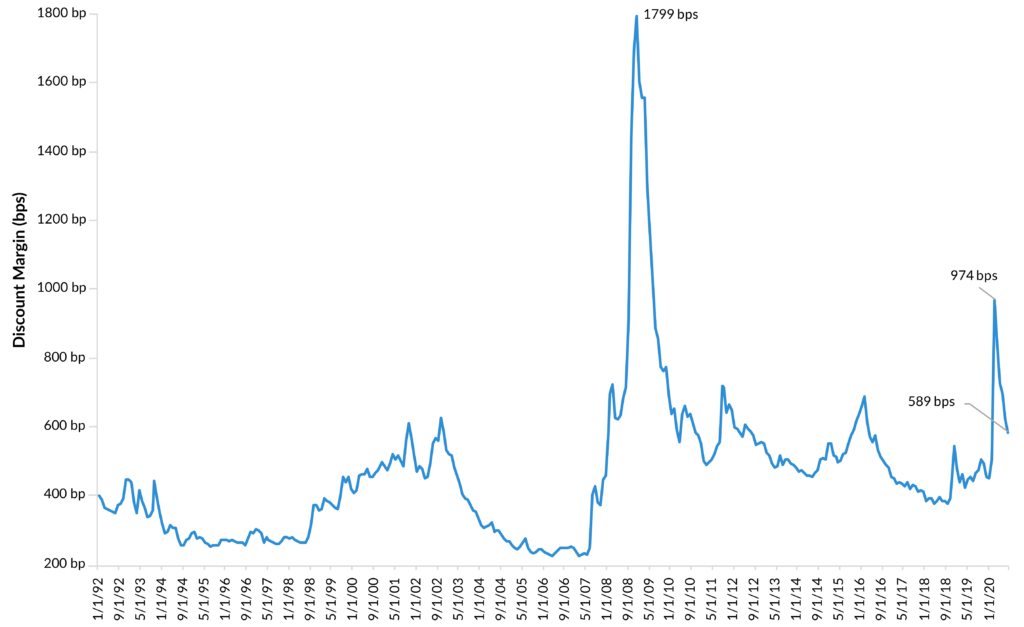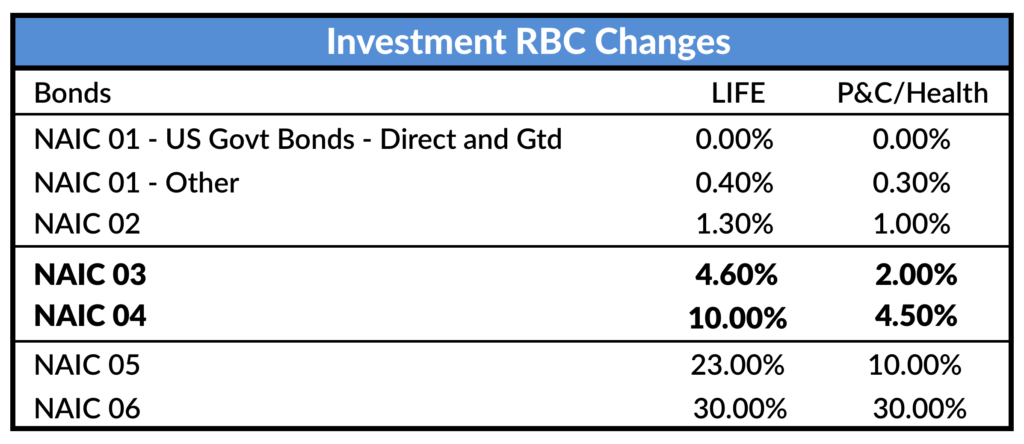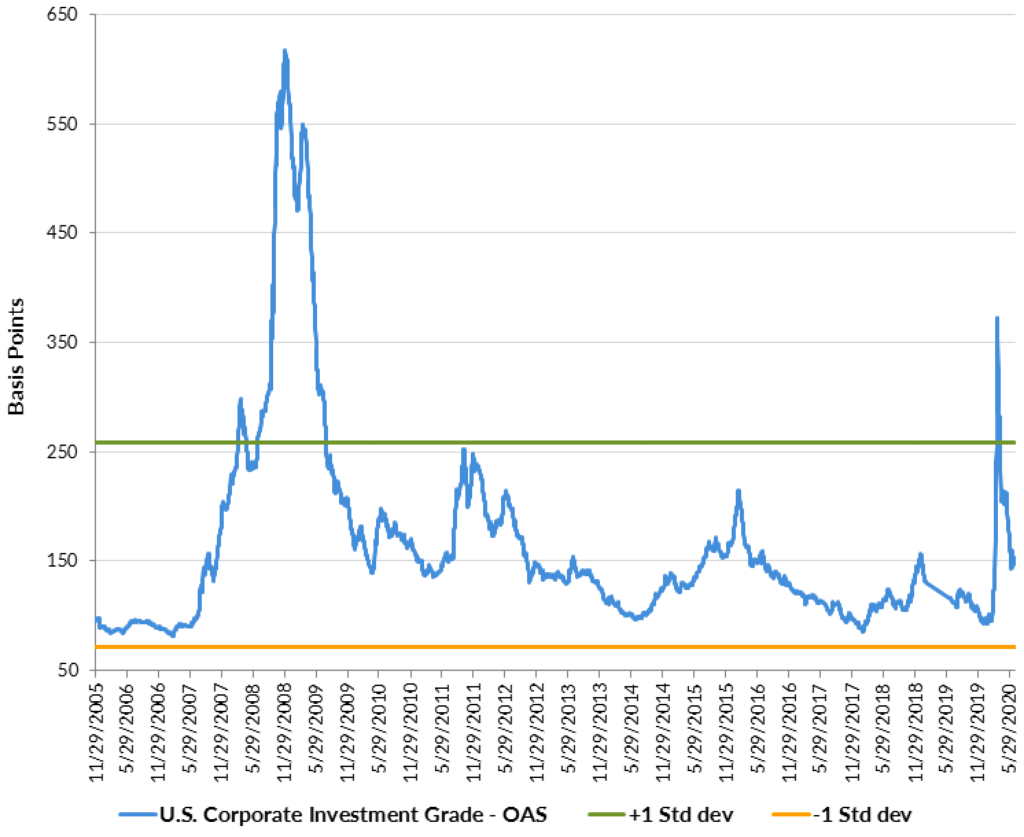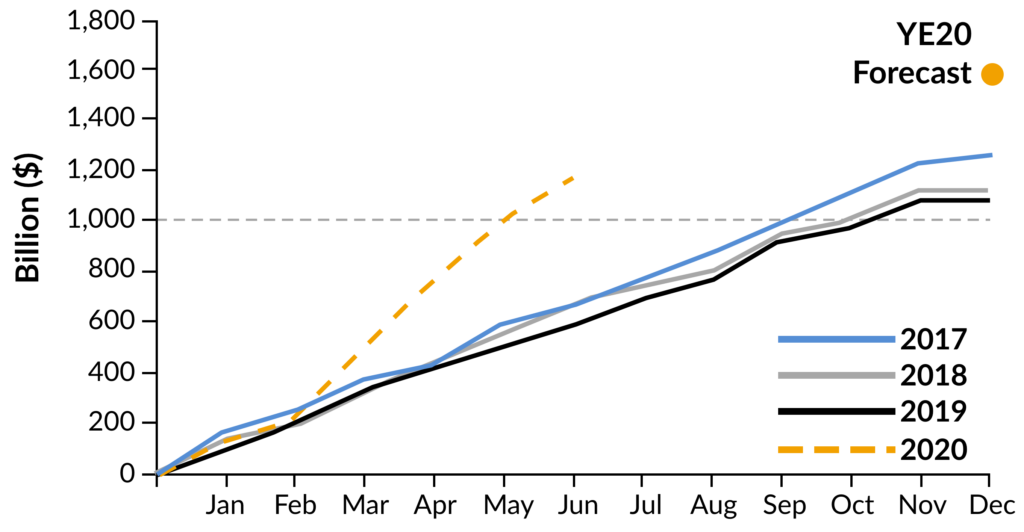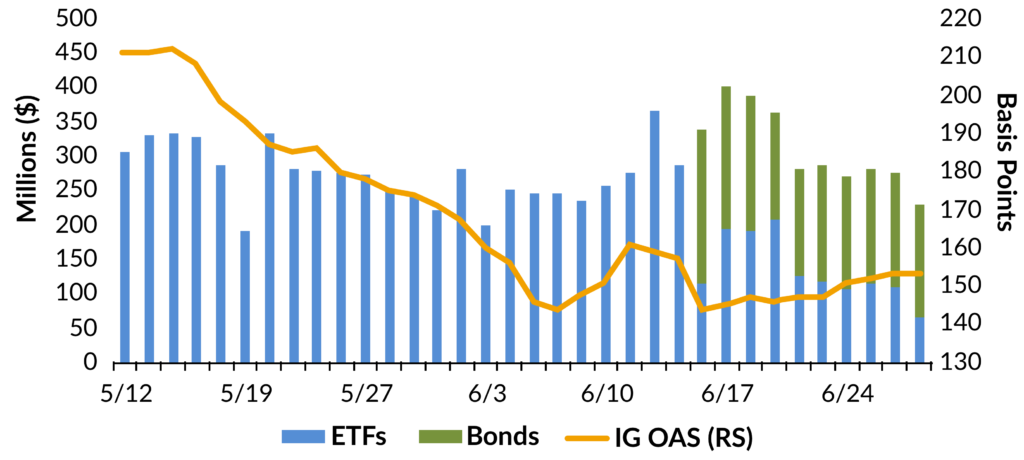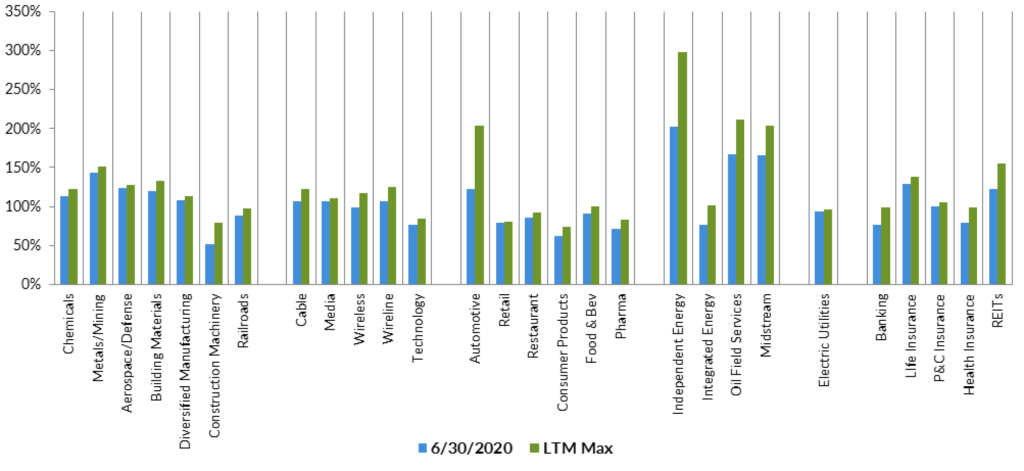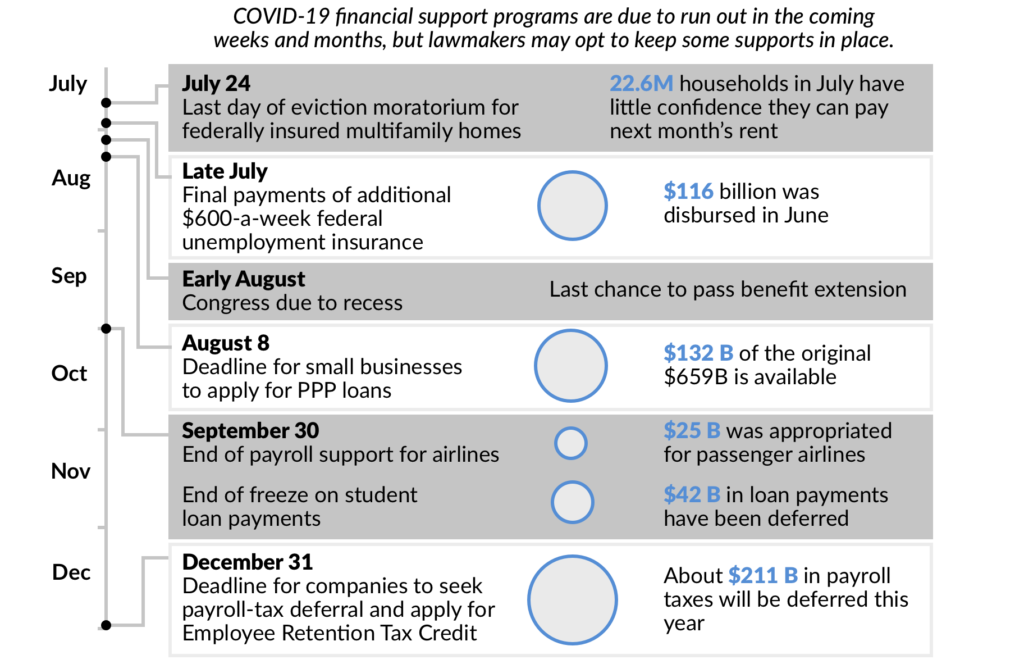Peter Wirtala, CFA | Insurance Strategist
ESG Q&A – Summer 2021
Interest in ESG investing has grown in 2021, and here at AAM we’ve received a growing number of inquiries on the topic. We’ve prepared this Q&A to give an overview of recent and prospective future developments in this space, and outline how AAM is supporting our clients’ ESG investment strategies.
What is ESG? How do I do it? Should I be doing it?
ESG (“Environmental, Social, Governance”) investing refers to investment strategies that combine a focus on these characteristics with traditional financial risk/reward analysis. ESG has its origins in the Socially Responsible Investing (“SRI”) trend of recent decades, which involved avoiding investments in “sin” industries like alcohol, tobacco, or weaponry, or in companies involved in prominent controversies around topics like pollution, corruption, or labor relations.
As a practical matter, ESG investing entails a mix of 1) applying different weightings to risk factors when analyzing an investment, 2) proactively excluding issuers with exposure to defined non-compliant sectors, and 3) divesting holdings involved in material controversies. The concept remains flexible, and significant variation may exist across different investors’ ESG evaluations of the same issuer; an excellent example of this is the carmaker Tesla, which is the largest holding in some ESG-focused ETFs due to its production of electric cars, but which some analysts have conversely rated as possessing elevated ESG risk due to its regulatory difficulties, safety issues, erratic leadership, supply chain labor and environmental issues, and other factors.
ESG investing can be further extended to incorporate a focus on investments in sectors perceived as affirming positive values, though this approach requires more complex and explicit definition of acceptable tradeoffs between financial risk and return and ESG factors. As alluded to above, it can also be complicated to define these “ESG-positive” sectors when logistical chains are fully accounted for; wind farms, for example, are often cited as a promising channel of low-emission energy production, but this sector is inextricably linked to the mining, shipping, and steelmaking industries, all of which are considered among the worst emissions offenders.
Insurers may incorporate ESG factors into their investment strategy for a variety of reasons. Some may reflect their corporate values by excluding certain sectors from their investments. Others may find an ESG focus helps distinguish their insurance products in the marketplace. And others may engage with the topic in anticipation of potential future regulatory requirements. Given the values-based nature of ESG investing, the question of whether and how to implement it is something that investors must ultimately determine for themselves, though AAM is available to offer guidance and practical help implementing an ESG strategy.
Is ESG a regulatory requirement?
As yet there are no regulatory requirements for US insurers to explicitly implement ESG considerations in their investment analysis, though this may change in coming years. The issue is complicated by the broad variety and subjectivity of ESG approaches, and the challenge of squaring fiduciary responsibility to manage risk and maximize returns with hard-to-quantify value judgments, but it is likely that at minimum we will see greater disclosure requirements in some jurisdictions, possibly including ESG-focused stress testing. Certain state insurance regulators (especially in NY and CA) have ongoing climate risk initiatives, which falls under the “E” category of ESG. These states have partnered with the 2 Degree Investing Initiative (2DII), an NGO sponsored by the EU and European governments, to designate certain corporate sectors as climate risks and explore how to implement climate-focused investment regulations in their respective jurisdictions. A roadmap issued by the NY Department of Financial Services highlighted several areas of prospective regulatory focus, including integration of climate risk considerations into governance and strategic planning, application of climate scenario analysis and stress testing to risk management, and implementation of climate risk disclosures in periodic reporting. It’s likely that a number of states will ultimately adopt such measures, though the question of whether or how the presence of investment holdings in designated climate risk industries might be penalized (for example, through higher RBC charges) remains uncertain.
The 2DII has also released a free online tool called the Paris Agreement Capital Transition Analysis (PACTA) that allows investors to upload corporate bond holdings and produce a report analyzing the level of climate risk present based on various assumptions about future emissions scenarios and infrastructure transitions. It currently only works with Q4 2019 data, but a more up-to-date stress testing tool is listed as “Coming Soon” on their website. NY and CA regulators have encouraged their domestic insurers to familiarize themselves with the output of the PACTA tool.
How does AM Best incorporate ESG?
AM Best has begun to incorporate ESG into their ratings process, as a sub-topic within existing ratings categories like Business Profile and Balance Sheet Strength. The ESG language in Best’s Credit Rating Methodology is primarily focused on underwriting activities, but the section most directly applicable to ESG investing is as follows:
“From a credit rating perspective, AM Best will discuss how ESG is integrated into investment policy, whether negative screening takes place, and the company’s commitment to green, sustainable, or ethical investing. AM Best will also seek to understand whether the investment strategy improves diversification, or increases concentration within the asset portfolio, and if this translates into improved earnings. […] An important point to make is that strong ESG integration does not necessarily translate into higher credit quality of an investment portfolio. For example, investments in untested technologies, start-ups, or taking insurance risks that cannot be reliably priced due to lack of information may carry increased credit risks.”
How can AAM help my organization implement an ESG investment strategy?
The decision to integrate ESG into an investment policy, and to what extent, is one each investor must make for themselves based on their values and objectives. AAM offers a variety of resources to advise our clients on the subject and implement ESG investment strategies. We have years of experience helping our clients to design and implement screens to exclude customized sets of issuers and sectors corresponding to the various ESG categories. Our investment research process actively incorporates ESG considerations, and internal research notes keep portfolio management teams informed about ESG factors applicable to the investments we evaluate day-to-day. We also partner with Sustainalytics, a leading 3rd-party provider of ESG analysis, to evaluate the level and type of ESG risks present in our portfolios and assist our clients in understanding and targeting this risk to a suitable level. In addition, we continue to monitor regulatory developments related to ESG and provide updates and guidance where needed, including assistance with running and interpreting the PACTA tool mentioned above.
Conclusion
ESG is likely to remain a hot topic for years to come, and whether seeking to incorporate value-based exclusions into a portfolio or simply remain fully compliant with an evolving regulatory landscape, insurers are well advised to increase their familiarity with the subject. AAM has many resources to help, and we would be delighted to explore the topic further with any insurers looking for guidance.
Further Reading
2 Degree Investing Initiative PACTA Tool:
NY Dept of Financial Services Climate Risk Initiative:
CA Dept of Insurance Climate Risk Carbon Initiative:
https://www.insurance.ca.gov/0250-insurers/0300-insurers/0100-applications/ci/index.cfm
AM Best ESG Updates
https://www.ambest.com/about/esg.html
NAIC Climate and Resiliency Task Force
Peter Wirtala, CFA is AAM’s Insurance Strategist with 15 years of investment experience. Peter’s responsibilities focus on analysis of client insurance operations and reserves to aid in the development of customized investment solutions. Additionally, he develops ERM-focused asset allocation strategies for clients, conducts peer analysis and NAIC RBC / AM Best BCAR scenario analysis, and prepares educational papers and seminars on key issues facing the insurance industry. Peter also leads AAM’s ESG integration effort for clients seeking to incorporate environmental, social, and governance-based principles into their portfolios. Previously he worked for Epic Systems as a Financial Accountant. Peter earned a BBA in Finance from the University of Wisconsin-Madison.
Disclaimer: Asset Allocation & Management Company, LLC (AAM) is an investment adviser registered with the Securities and Exchange Commission, specializing in fixed-income asset management services for insurance companies. Registration does not imply a certain level of skill or training. This information was developed using publicly available information, internally developed data and outside sources believed to be reliable. While all reasonable care has been taken to ensure that the facts stated and the opinions given are accurate, complete and reasonable, liability is expressly disclaimed by AAM and any affiliates (collectively known as “AAM”), and their representative officers and employees. This report has been prepared for informational purposes only and does not purport to represent a complete analysis of any security, company or industry discussed. Any opinions and/or recommendations expressed are subject to change without notice and should be considered only as part of a diversified portfolio. Any opinions and statements contained herein of financial market trends based on market conditions constitute our judgment. This material may contain projections or other forward-looking statements regarding future events, targets or expectations, and is only current as of the date indicated. There is no assurance that such events or targets will be achieved, and may be significantly different than that discussed here. The information presented, including any statements concerning financial market trends, is based on current market conditions, which will fluctuate and may be superseded by subsequent market events or for other reasons. Although the assumptions underlying the forward-looking statements that may be contained herein are believed to be reasonable they can be affected by inaccurate assumptions or by known or unknown risks and uncertainties. AAM assumes no duty to provide updates to any analysis contained herein. A complete list of investment recommendations made during the past year is available upon request. Past performance is not an indication of future returns. This information is distributed to recipients including AAM, any of which may have acted on the basis of the information, or may have an ownership interest in securities to which the information relates. It may also be distributed to clients of AAM, as well as to other recipients with whom no such client relationship exists. Providing this information does not, in and of itself, constitute a recommendation by AAM, nor does it imply that the purchase or sale of any security is suitable for the recipient. Investing in the bond market is subject to certain risks including market, interest-rate, issuer, credit, inflation, liquidity, valuation, volatility, prepayment and extension. No part of this material may be reproduced in any form, or referred to in any other publication, without express written permission.Disclaimer: Asset Allocation & Management Company, LLC (AAM) is an investment adviser registered with the Securities and Exchange Commission, specializing in fixed-income asset management services for insurance companies. Registration does not imply a certain level of skill or training. This information was developed using publicly available information, internally developed data and outside sources believed to be reliable. While all reasonable care has been taken to ensure that the facts stated and the opinions given are accurate, complete and reasonable, liability is expressly disclaimed by AAM and any affiliates (collectively known as “AAM”), and their representative officers and employees. This report has been prepared for informational purposes only and does not purport to represent a complete analysis of any security, company or industry discussed. Any opinions and/or recommendations expressed are subject to change without notice and should be considered only as part of a diversified portfolio. This information is distributed to recipients including AAM, any of which may have acted on the basis of the information, or may have an ownership interest in securities to which the information relates. It may also be distributed to clients of AAM, as well as to other recipients with whom no such client relationship exists. Providing this information does not, in and of itself, constitute a recommendation by AAM, nor does it imply that the purchase or sale of any security is suitable for the recipient. Investing in the bond market is subject to certain risks including market, interest-rate, issuer, credit, inflation, liquidity, valuation, volatility, prepayment and extension. No part of this material may be reproduced in any form, or referred to in any other publication, without express written permission.
The views and opinions expressed should not be construed as an offer to buy or sell or invitation to engage in any investment activity, they are for information purposes only. Opinions and statements of financial market trends that are based on market conditions constitute our judgment and are subject to change without notice. Historic market trends are not reliable indicators of actual future market behavior. Past performance is not an indication of future performance. This discussion material contains forward-looking statements, which give current expectations of future activities and future performance. Any or all forward-looking statements in this material may turn out to be incorrect. They can be affected by inaccurate assumptions or by known or unknown risks and uncertainties. Although the assumptions underlying the forward-looking statements contained herein are believed to be reasonable, any of the assumptions could be inaccurate and, therefore, there can be no assurances that the forward-looking statements included in this discussion material will prove to be accurate. In light of the significant uncertainties inherent in the forward-looking statements included herein, the inclusion of such information should not be regarded as a representation that the objectives and plans discussed herein will be achieved. Further, no person undertakes any obligation to revise such forward-looking statements to reflect events or circumstances after the date hereof or to reflect the occurrence of unanticipated events. Reproduction or use of these materials for any other purpose or by or for any individuals is strictly prohibited. The information contained in this presentation has been obtained from sources that AAM believes to be reliable, but AAM does not represent or warrant that it is accurate or complete. This document is for informational purposes only and does not constitute an offer or solicitation of an offer, or any advice or recommendation, to purchase any securities or other financial instruments, and may not be construed as such.
